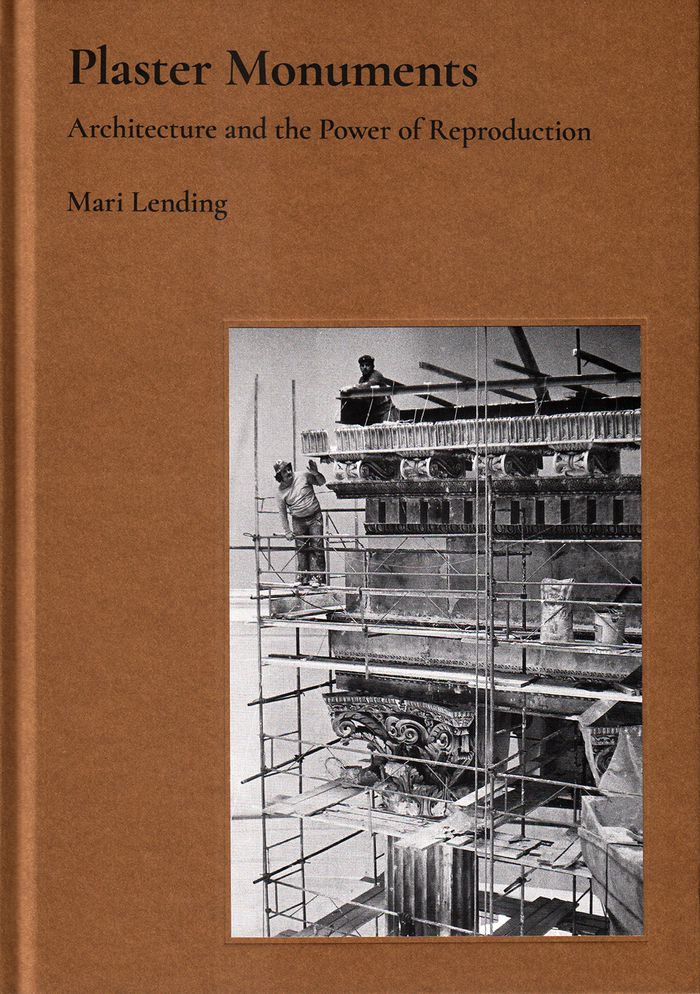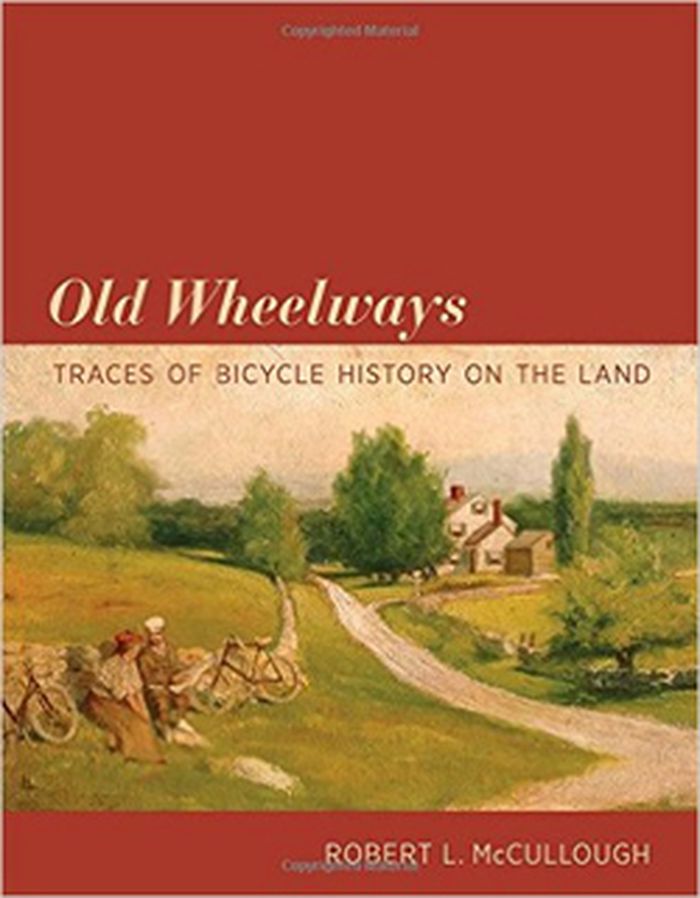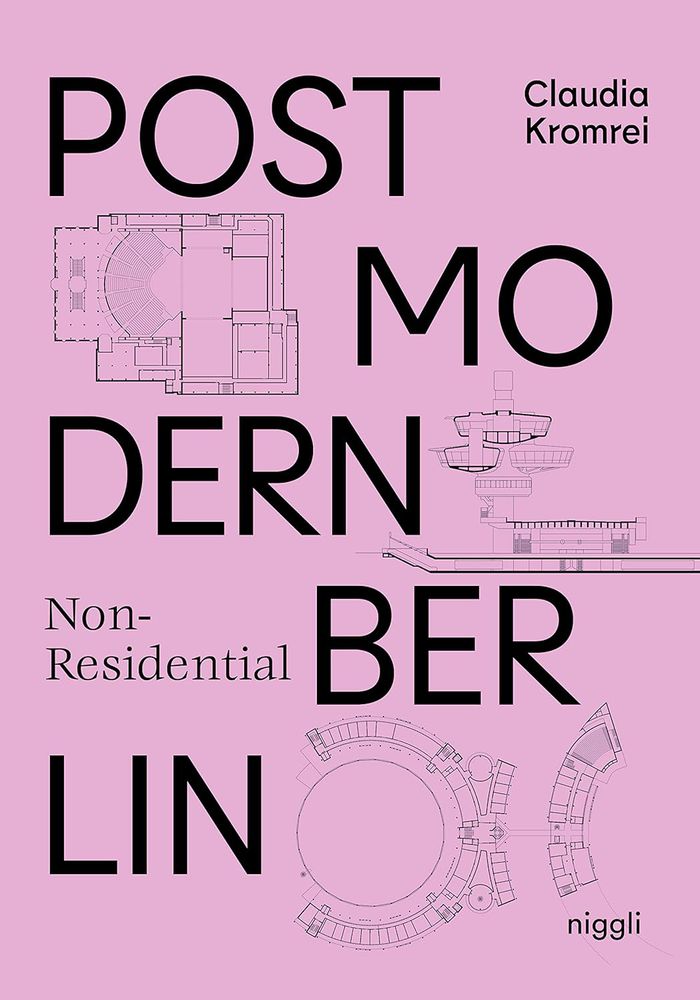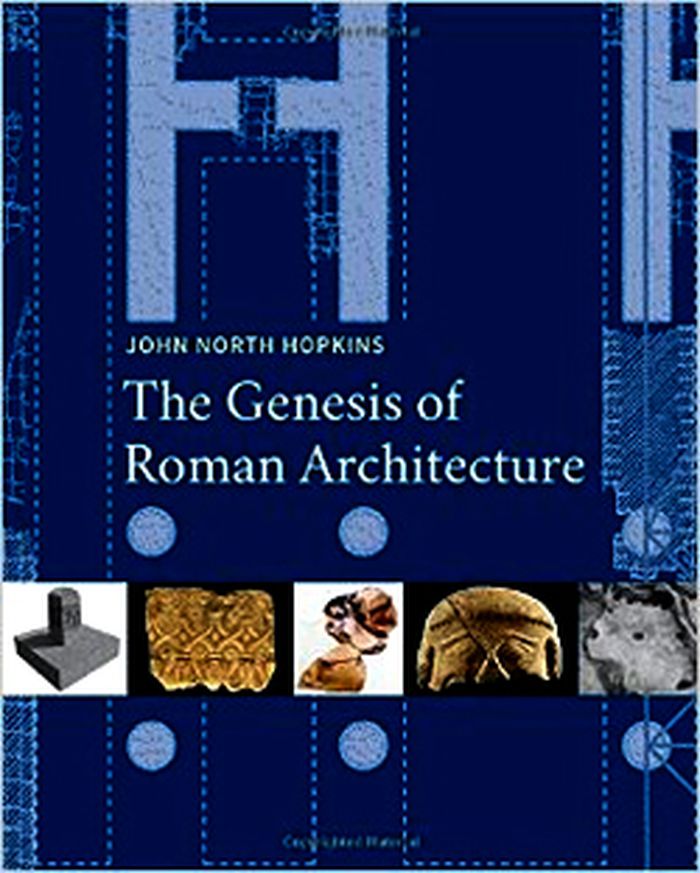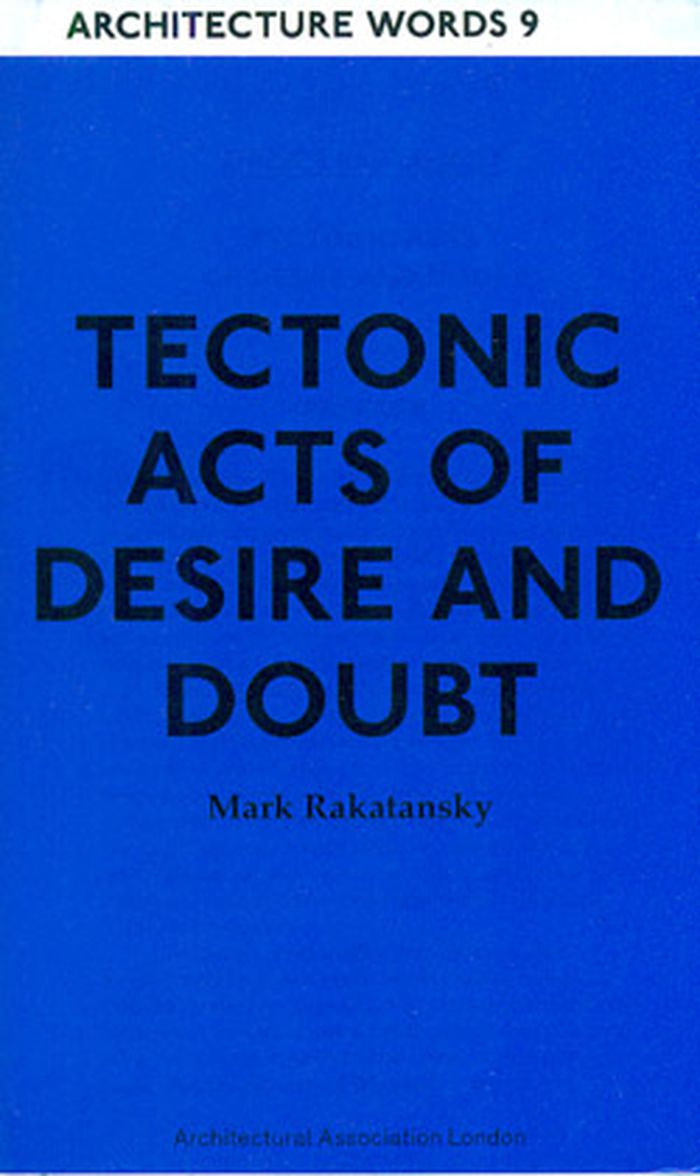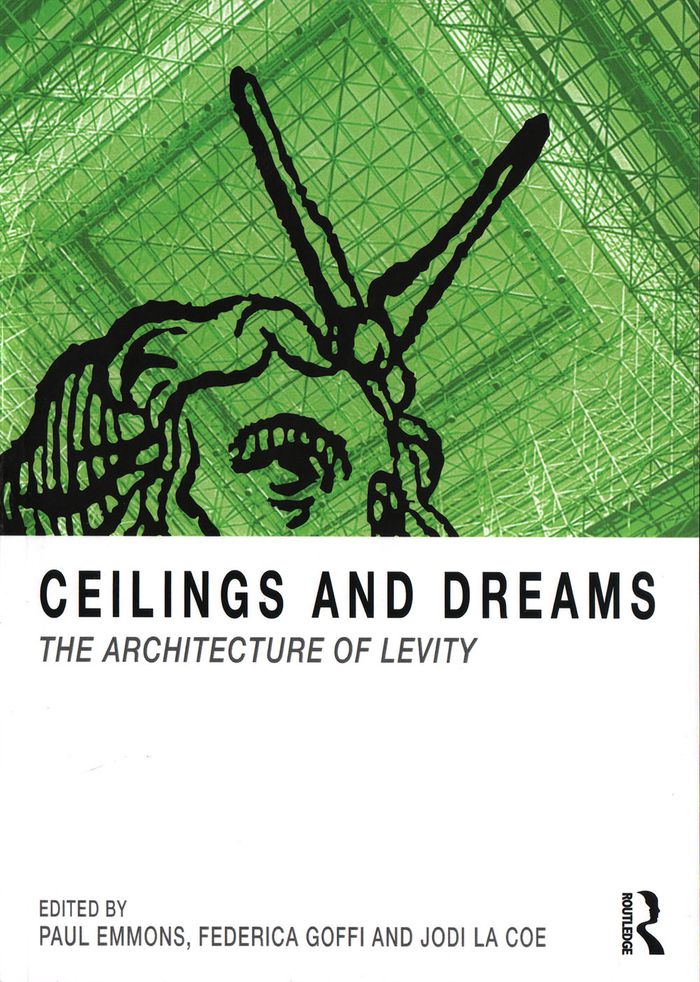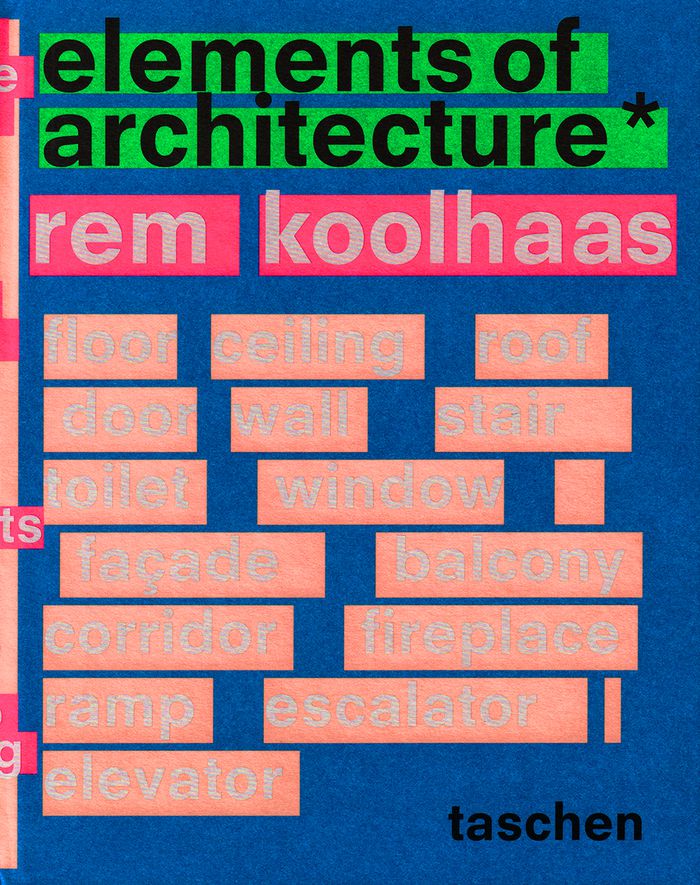$66.00
(disponible sur commande)
Résumé:
"Plaster monuments" unsettles conventional thinking about copies and originals. As Mari Lending shows, casts were used to restore wholeness to buildings that in reality lay in ruin, or to isolate specific features of monuments to illustrate what was typical of a particular building, style, or era. Arranged in galleries and published in exhibition catalogues, these often(...)
Plaster monuments: architecture and the power of reproduction
Actions:
Prix:
$66.00
(disponible sur commande)
Résumé:
"Plaster monuments" unsettles conventional thinking about copies and originals. As Mari Lending shows, casts were used to restore wholeness to buildings that in reality lay in ruin, or to isolate specific features of monuments to illustrate what was typical of a particular building, style, or era. Arranged in galleries and published in exhibition catalogues, these often enormous objects were staged to suggest the sweep of history, synthesizing structures from vastly different regions and time periods into coherent narratives. The first comprehensive history of these full-scale replicas, "Plaster monuments" examines how they were produced, marketed, sold, and displayed, and how their significance can be understood today.
Théorie de l’architecture
livres
Description:
xx, 259 pages : illustrations, maps ; 24 cm
Berkeley : University of California Press, ©1993.
The defense of Attica : the Dema wall and the Boiotian War of 378-375 B.C. / Mark H. Munn.
Actions:
Exemplaires:
Description:
xx, 259 pages : illustrations, maps ; 24 cm
livres
Berkeley : University of California Press, ©1993.
$49.00
(disponible sur commande)
Résumé:
In the later part of the nineteenth century, American bicyclists were explorers, cycling through both charted and uncharted territory. These wheelmen and wheelwomen became keen observers of suburban and rural landscapes, and left copious records of their journeys—in travel narratives, journalism, maps, photographs, illustrations. They were also instrumental in the(...)
Old wheelways traces of bicycle history on the land
Actions:
Prix:
$49.00
(disponible sur commande)
Résumé:
In the later part of the nineteenth century, American bicyclists were explorers, cycling through both charted and uncharted territory. These wheelmen and wheelwomen became keen observers of suburban and rural landscapes, and left copious records of their journeys—in travel narratives, journalism, maps, photographs, illustrations. They were also instrumental in the construction of roads and paths (“wheelways”)—building them, funding them, and lobbying legislators for them. Their explorations shaped the landscape and the way we look at it, yet with few exceptions their writings have been largely overlooked by landscape scholars, and many of the paths cyclists cleared have disappeared. In Old Wheelways, Robert McCullough restores the pioneering cyclists of the nineteenth century to the history of American landscapes.
Théorie du paysage
livres
Kew : the history of the Royal Botanic Gardens / Ray Desmond ; foreword by Sir Ghillean Prance.
Description:
xvi, 466 pages : illustrations (some color) ; 27 cm
London : Harvill Press with the Royal Botanic Gardens, Kew, 1995.
Kew : the history of the Royal Botanic Gardens / Ray Desmond ; foreword by Sir Ghillean Prance.
Actions:
Exemplaires:
Description:
xvi, 466 pages : illustrations (some color) ; 27 cm
livres
London : Harvill Press with the Royal Botanic Gardens, Kew, 1995.
$89.95
(disponible en magasin)
Résumé:
30 buildings from the 1970s and 80s, 30 built manifestos, densely gathered in two halves of a divided city: transformer station, hotel and airport terminal, diving tower, school, and animal laboratory. Not only do their functions and purposes differ fundamentally, but their forms and architectural means of expression are even more diverse. What distinguishes the(...)
Postmodern non-residential Berlin
Actions:
Prix:
$89.95
(disponible en magasin)
Résumé:
30 buildings from the 1970s and 80s, 30 built manifestos, densely gathered in two halves of a divided city: transformer station, hotel and airport terminal, diving tower, school, and animal laboratory. Not only do their functions and purposes differ fundamentally, but their forms and architectural means of expression are even more diverse. What distinguishes the architecture of these years is the search for a visualization of content beyond function: of fictions, themes and narratives, of history, typological continuities, and contradictions. While postmodern is the underlying formula, it does not result in a uniform “style”. The building forms are emblematic or rational, familiar or absolutely new. Claudia Kromrei presents these 30 buildings and describes them in their concrete form, their genesis, and against the background of the theoretical imaginary worlds of their designers.
Post-modernisme
$89.95
(disponible sur commande)
Résumé:
Existing narratives cast the Greeks as the progenitors of classical art and architecture or rely on historical sources dating centuries after the fact to establish the Roman context. Author John North Hopkins, however, allows the material and visual record to play the primary role in telling the story of Rome’s origins, synthesizing important new evidence from recent(...)
The Genesis of Roman Architecture
Actions:
Prix:
$89.95
(disponible sur commande)
Résumé:
Existing narratives cast the Greeks as the progenitors of classical art and architecture or rely on historical sources dating centuries after the fact to establish the Roman context. Author John North Hopkins, however, allows the material and visual record to play the primary role in telling the story of Rome’s origins, synthesizing important new evidence from recent excavations. Hopkins’s detailed account of urban growth and artistic, political, and social exchange establishes strong parallels with communities across the Mediterranean. From the late 7th century, Romans looked to increasingly distant lands for shifts in artistic production. By the end of the archaic period they were building temples that would outstrip the monumentality of even those on the Greek mainland. The book’s extensive illustrations feature new reconstructions, allowing readers a rare visual exploration of this fragmentary evidence.
$26.00
(disponible sur commande)
Résumé:
This collection of a number of key essays by the New York-based architect and writer Mark Rakatansky proposes an innovative framework for architecture to enact the complex tectonic dramas of social and culture space. Following its title, the book is arrayed in three sections: Tectonic, Acts of, Desire and Doubt. In each, Rakatansky covers a series of subjects in a(...)
AA words 9: tectonic acts of desire and doubt
Actions:
Prix:
$26.00
(disponible sur commande)
Résumé:
This collection of a number of key essays by the New York-based architect and writer Mark Rakatansky proposes an innovative framework for architecture to enact the complex tectonic dramas of social and culture space. Following its title, the book is arrayed in three sections: Tectonic, Acts of, Desire and Doubt. In each, Rakatansky covers a series of subjects in a writerly voice that varies from the third-person narrative of the scholarly essays to the transcript of an email exchange with fellow academic Sarah Whiting discussing recent books by architect Greg Lynn. Transformational performances of architectural identity are explored in discussions of fabrication, social parametrics, building envelopes, spatial narratives, animation, migrancy, and in illuminating readings into the works of Louis Kahn, Robin Evans, John Coltrane, Giulio Romano and Andrea Palladio.
Théorie de l’architecture
$67.95
(disponible sur commande)
Résumé:
Where is the space for dreaming in the twenty-first century? Lofty thoughts, like dreams, are born and live overhead, just as they have been represented in Renaissance paintings and modern cartoons. Ceilings are often repositories of stories, events and otherwise invisible oneiric narratives. Yet environments that inspire innovative thinking are dwindling as our world(...)
Théorie de l’architecture
août 2019
Ceilings and dreams: the architecture of levity
Actions:
Prix:
$67.95
(disponible sur commande)
Résumé:
Where is the space for dreaming in the twenty-first century? Lofty thoughts, like dreams, are born and live overhead, just as they have been represented in Renaissance paintings and modern cartoons. Ceilings are often repositories of stories, events and otherwise invisible oneiric narratives. Yet environments that inspire innovative thinking are dwindling as our world confronts enormous challenges, and almost all of our thinking, debating and decision-making takes place under endless ceiling grids. Quantitative research establishes that spaces with taller ceilings elicit broader, more creative thoughts. Today, ceilings are usually squat conduits of technology: they have become the blind spot of modern architecture. The twenty essays in this book look across cultures, places and ceilings over time to discover their potential to uplift the human spirit. Not just one building element among many, the ceiling is a key to unlock the architectural imagination.
Théorie de l’architecture
$200.00
(disponible en magasin)
Résumé:
"Elements of Architecture" focuses on the fragments of the rich and complex architectural collage. Window, façade, balcony, corridor, fireplace, stair, escalator, elevator: the book seeks to excavate the micro-narratives of building detail.The result is no single history, but rather the web of origins, contaminations, similarities, and differences in architectural(...)
Rem Koolhaas: elements of architecture
Actions:
Prix:
$200.00
(disponible en magasin)
Résumé:
"Elements of Architecture" focuses on the fragments of the rich and complex architectural collage. Window, façade, balcony, corridor, fireplace, stair, escalator, elevator: the book seeks to excavate the micro-narratives of building detail.The result is no single history, but rather the web of origins, contaminations, similarities, and differences in architectural evolution, including the influence of technological advances, climatic adaptation, political calculation, economic contexts, regulatory requirements, and new digital opportunities. It’s a guide that is long overdue—in Koolhaas’s own words, “Never was a book more relevant—at a moment where architecture as we know it is changing beyond recognition.” Derived, updated, and expanded from Koolhaas's exhaustive and much-lauded exhibition at the 2014 Venice Architecture Biennale, this is an essential toolkit to understanding the fundamentals that comprise structure around the globe. Designed by Irma Boom and based on research from the Harvard Graduate School of Design, the 2,600-page monograph contains essays from Rem Koolhaas, Stephan Trueby, Manfredo di Robilant, and Jeffrey Inaba; interviews with Werner Sobek and Tony Fadell (of Nest); and an exclusive photo essay by Wolfgang Tillmans.
Biennale
livres
$45.95
(disponible sur commande)
Résumé:
The German pavilion at the 9th Venice Architecture Biennale offers an overview of more than 35 contemporary architectural projects in Germany which have manifested in peripheral urban areas, suburban spaces, and de-industrialized zones. The projects reveal the transformation and reactivation of banal everyday architecture--business parks, switching stations, water(...)
Deutschlandscape : epicentres at the periphery - German pavilion, Venice Biennale 2004
Actions:
Prix:
$45.95
(disponible sur commande)
Résumé:
The German pavilion at the 9th Venice Architecture Biennale offers an overview of more than 35 contemporary architectural projects in Germany which have manifested in peripheral urban areas, suburban spaces, and de-industrialized zones. The projects reveal the transformation and reactivation of banal everyday architecture--business parks, switching stations, water purification plants, and strictly coded and conventional housing types--to open up a new perception of the "deutschlandscape." Here, architectural norms are reworked and given a new aesthetic twist through ironic self-reflection. These built projects by a critical young generation of German architects reveal highly innovative use of new materials, generate suburban "plug-ins" (temporary and mobile architecture), and skillfully rework the familiar to create solutions for hitherto underrepresented yet vital areas on the urban fringe. Accompanying essays and interviews reveal the personal narratives behind the architecture. Contributions include: "urban therapist" Sonja Beeck on dealing with the psychological dimensions of shrinking cities in the former GDR; artist and urbanist Kai Vöckler on the German psychoscape; Omar Akbar of the Bauhaus Dessau on the wider implications of urban sprawl; Peter Cook on tuning suburbia; Angelika Fitz on strategic answers to restrictive building regulations; Peter Wilson on the marketing of place; and Rudolf Stegers on multi-layered meanings behind the architectural image.
livres
novembre 2004, Ostfildern
Théorie de l’urbanisme
